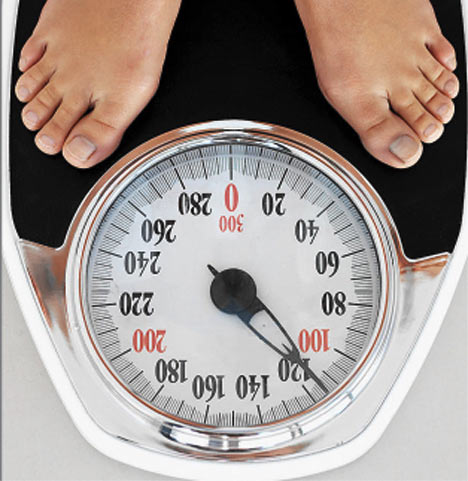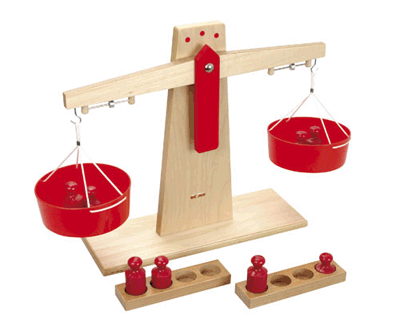|
||||||||||||||||||||||||||||||||
| HOME | LESSONS | BUYERS GUIDE | TUNER | CHORDS | CONTACT | |||||||||||||||||||||||||||
|
|
||||||||||||||||||||||||||||||||
|
|
|
|||||||||||||||||||||||||||||||
|
‘Scaling the Heights' A scale is a sequence of notes either ascending or descending. There are two main types of scales, just as there are chords;
Let's take a look at the Major scale. C Major Scale A --------------------0--2--3-|--3--2--0--------------------||- E ---------0--1--3------------|-------------3--1--0---------||- C --0--2-----------------------|-----------------------2--0--||- G ------------------------------|------------------------------||-
All the other Major scales start on the first finger and follow the same pattern.
Below are the fingers to use, NOT the frets.
A 1 3 4 | 4 3 1 || E 1 2 4 | 4 2 1 || C 1 3 | 3 1 || G | ||
You can start anywhere on the C string and use the above finger pattern to make a major scale. To find out which major scale it is take a look below;
...and now the Minor scale.
C Minor Scale A -----------------------2--3--|--3--2-----------------------||- E ------------1--3--4---------|---------4--3--1-------------||- C --0--2--3-------------------|--------------------3--2--0--||- G ------------------------------|------------------------------||-
Scales can make your fingers stronger and faster. They can also help you to understand music theory and structure more. Either way, a good thing to practise each time you pick up your ukulele.
Some scales we're not interested in...as much!
© J. Cockshott 2010 : Terms and Conditions
|
||||||||||||||||||||||||||||||||



